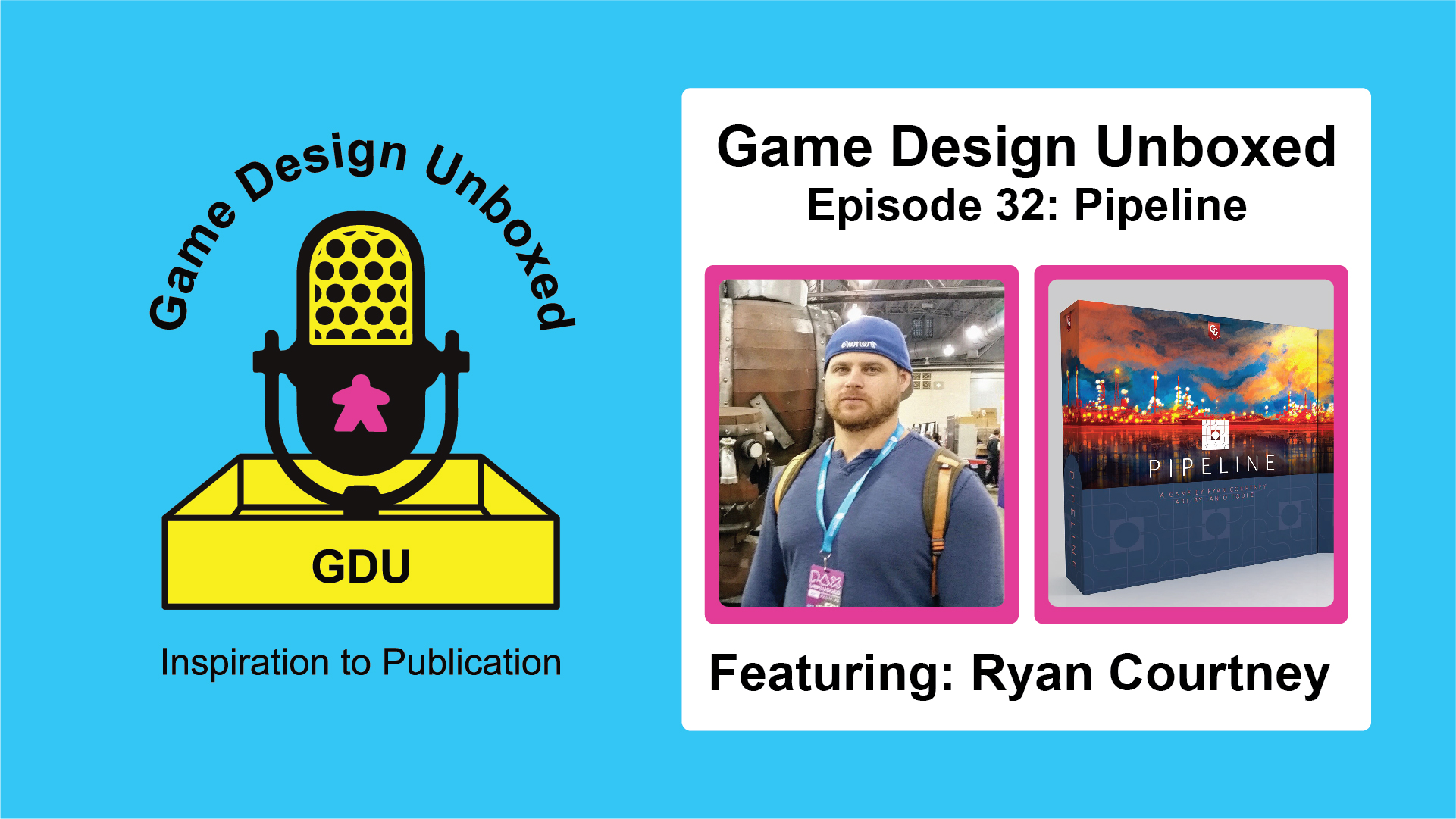Last Saturday, at my RenegadeCon How To Play: G.I. JOE Roleplaying Game panel, I talked about how Scarlett‘s school has a rule for their playground: Don’t climb the slide. I went on to explain that, as a GM, letting my players climb the slides of my adventures is central to my GMing philosophy. Let me expand on that.
Why Climb The Slide
When kids first interact with a slide, they understand that they’re meant to slide down. Eventually, however, kids want to try going up the slide. It’s an evolution of play pattern that’s still relevant to players of all ages, my fellow GMs. Here’s why.
Ownership
Being able to go up a ladder that’s meant for pre-school and elementary children to climb, and go down a slide designed to go at a fast but certifiably safe speed can be fun, but takes no skill. As a result, the child owes any endorphins generated by the experience to someone else’s design. There’s no sense of accomplishment, and nothing personalizing the experience. A child doesn’t even have to think about it. Sliding is about as passive an experience as walking over to a couch and lying down.
However, going up the slide takes thought. It takes effort. Even if effectively as many children slid down the slide as have climbed up it, and even if the majority of them used the same technique to get to the top, getting up the slide took unique effort to that child. Their brain processed the angles, their muscles fought against the design’s intent. The mind and body worked together to earn getting to the top.
Innovation Begets Learning
Not only do children feel better about themselves when they set themselves a challenge and then overcome it, they look at something familiar in a new light. They had to analyze the slide to work out how to climb it. Therefore, climbing the slide shows a better understanding of its design.
It’s well established that play stimulates learning. As explained in this Raising Children article on Preschooler Creative Learning and Development:
Why is creative play important for children’s development?
Creative play develops preschooler confidence, language, physical and thinking skills, imagination and emotional understanding.
By playing with the slide on a surface level, they begin to understand the slide better. The more freedom they have to approach a slide in their own way, the more they continue to play with it and the more they learn from it.
It Works, Regardless of Intent
When we discuss what this has to do with gaming -which we will be soon- this will be an important point.
Unlike mixing Play-Doh -which can’t be undone, accidentally ruining future play- or actively destroying toys (sadly, a phase many kids enter in their late preteens), climbing a slide doesn’t hurt the slide. As long as the slide isn’t too high, and kids at the top and bottom of the slide know to look out for other kids on the opposite end, no harm will come to the kids climbing the slide either. This is a fully functional alternate use of a toy that already promotes self-directed play.
Your Game Is Slides!
Obviously, slides are a metaphor for encounters or the RPG system. That doesn’t mean you can’t include literal slides in your adventures, naturally, it’s just not what I’m getting at.
After enough time where your players use the rules to get from point A to B to C, they start to look for ways to get to C without all this B business. They aren’t pulling a Michael Scott and drawing a gun in every improv skit. They’re using their evolved understanding of the rules and the world they jointly created with you in a different but consistent manner.
Casino Royale features my favourite pop culture example of this. There’s a chase scene through a construction site early on. The fleeing enemy uses parcour to get over and around obstacles. James Bond is not nearly so acrobatic. At one point, the enemy uses a pipe to swing through a gap above a closed door. James Bond just plows through the gyprock wall. Either solution could be an example of a GM describing the scene and expecting the door to force a player to stop running and use an action, but one uses acrobatics and an understanding of the environment, and the other used an attack and knowledge of the hardness rules.
Let Your Players Climb To New Heights
If your players present an alternative that is physically possible, consistent with the game mechanics, but goes against your plans completely, consider letting them do it. It may make an encounter easier than you intended. It also might mean you need to scrap some plans. But on the plus side, my fellow GMs, your player looked at the game in a new way, applied themselves, finding a way to express themselves and have a deeper kind of fun.
Now, it’s easy for me to say “scrap your plans”. I find running published materials and even material based on my own notes challenging. Not “harder than improvising”, just plain hard. So I understand that I’m not making the same sacrifice other GMs are by letting players flex their creativity and system mastery. If you, like Scarlett’s school, feel the need to implement a “don’t climb the slide” rule, I empathize. But I strongly recommend you not think of players who resent such a rule as disruptive. It’s very possible that climbing the slide to them is the ultimate expression of seeing the world through their character’s eyes and engaging with it in a fully immersed way. That is my ultimate goal as a GM, and why letting my players climb the slides is central to my GMing philosophy.
Every two weeks, Ryan Costello uses his experience as a Game Master, infused with popular culture references, to share his thoughts on best GMing practices to help his fellow GMs. Often deconstructing conventional wisdom and oft repeated GMing advice, he reminds his fellow GMs that different players play the game in different ways, and for different reasons.






